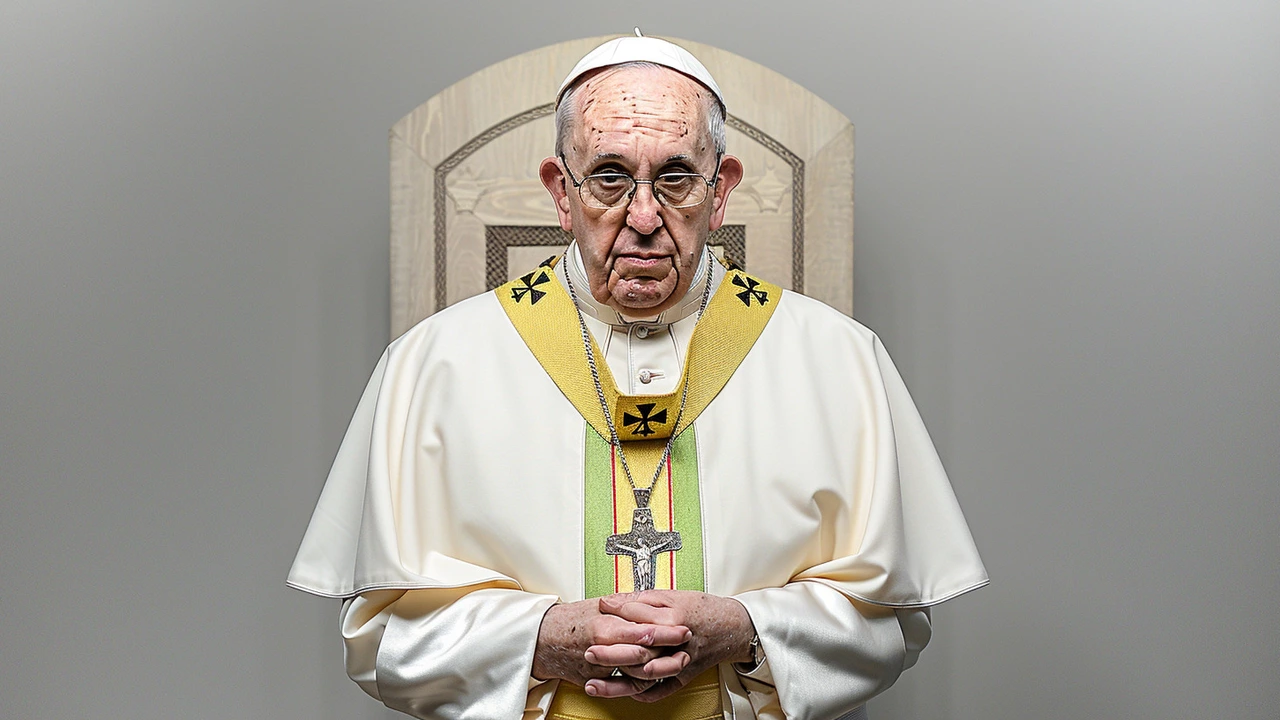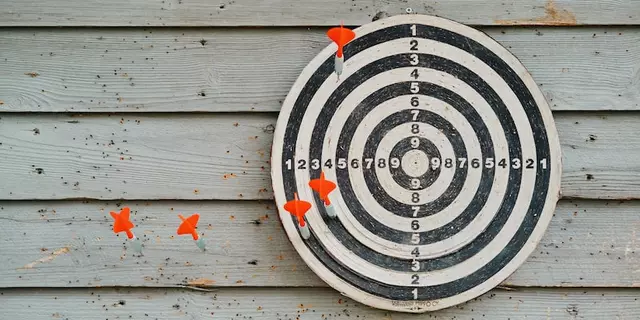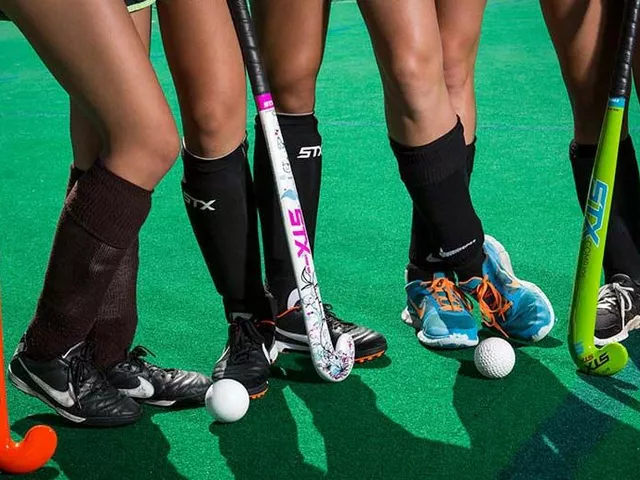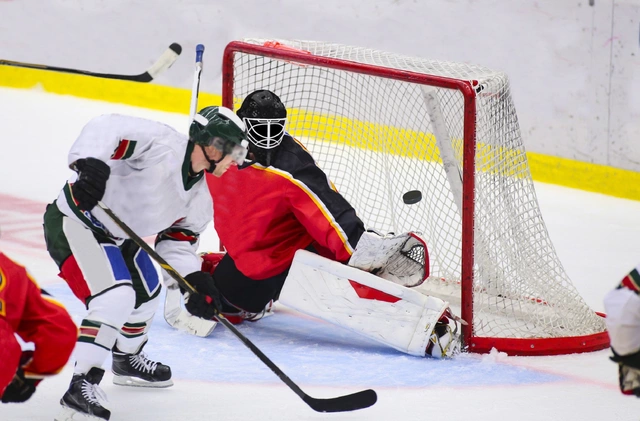Apology in Hockey: Why It Matters and How to Do It Right
Every player has moments they wish they could take back – a reckless hit, a missed pass, or a heated argument. How you handle those moments says a lot about you and your team. A genuine apology can defuse tension, keep locker‑room harmony, and even boost performance.
In a sport as fast and physical as hockey, it's easy to let emotions run high. But saying sorry isn’t a sign of weakness; it’s a sign of respect. When you acknowledge a mistake, you show that you care about the game and the people around you.
Common Situations That Need an Apology
Some scenarios pop up all the time on the ice. A player might deliver a hit that crosses the line, causing injury or anger. An inaccurate pass can lead to a lost goal, frustrating teammates. Even a verbal slip‑up during a heated moment can damage relationships.
Outside the rink, fans notice how players behave in interviews and on social media. A careless comment or a dismissive attitude can spark backlash. In those cases, a public apology helps protect your reputation and the club’s image.
Steps to Deliver a Genuine Apology
1. **Own the mistake** – Skip the excuses. Say exactly what you did wrong. For example, “I’m sorry for the hit that drove you to the boards.”
2. **Show you understand the impact** – Explain how your action affected the other player or the team. “I know that left you out of position and cost us a scoring chance.”
3. **Express sincere regret** – Use plain language. “I feel bad about what happened.” Avoid vague phrases like “I’m sorry if anyone was offended.”
4. **Make it right** – Offer a concrete step. “I’ll work on my timing to avoid dangerous checks.” If it’s a public issue, consider a brief statement on the club’s website or a post‑game interview.
5. **Follow through** – Change your behavior. Teammates watch how you act after the apology. Consistent effort builds trust faster than words alone.
Timing matters too. Apologize as soon as you can, ideally before the tension builds. A quick, honest word after a play often prevents a full‑blown argument.
When apologizing to a teammate, do it privately. A quick chat in the locker room shows respect and keeps the issue out of the public eye. For officials, a polite nod and a short “I’m sorry for the frustration” can go a long way.
Fans and media appreciate accountability. If a mistake made headlines, a short, heartfelt message on the club’s official channels can calm the storm. Keep it brief, own the error, and state how you’ll improve.
Remember, the goal isn’t just to say sorry – it’s to rebuild the relationship. After the apology, keep communicating, stay supportive, and let your actions speak louder than words.
In short, a good apology in hockey follows the same rule as any good conversation: be honest, be specific, and be ready to change. When you master that, you not only mend fences but also become a better teammate and player.
So next time you find yourself in a sticky spot on the ice, take a breath, own it, and apologize. Your team, fans, and even your own confidence will thank you.





